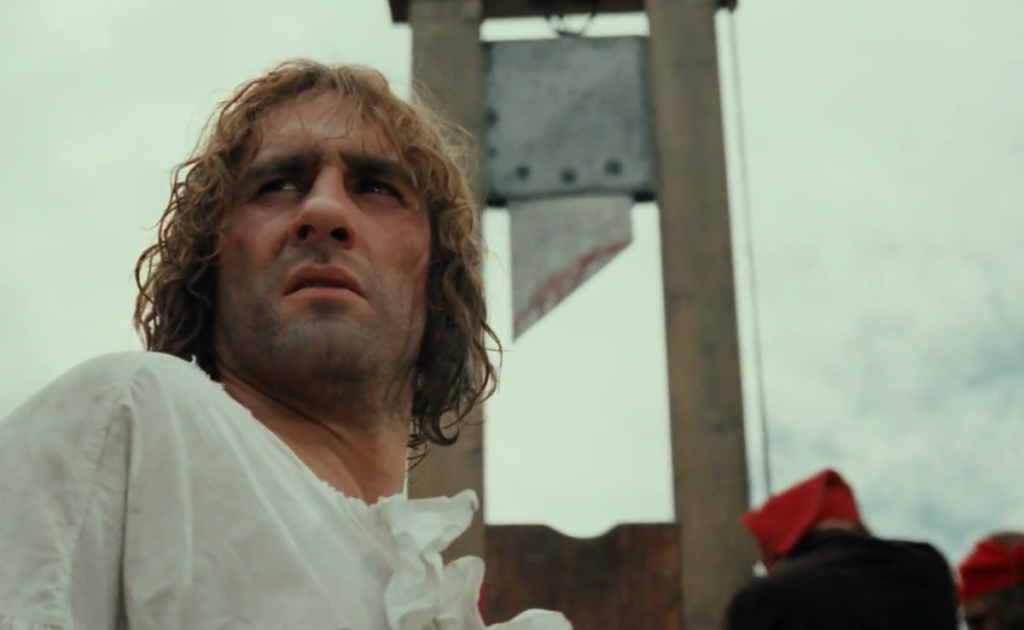
Andrzej Wajda’s Danton (1983) treats the political theater of the French Reign Of Terror as the Theater of Cruelty, condemning the oppression of the Polish Solidarity movement by the Soviet Union by way of allegory. The machinations of the French Revolutionaries Danton (Gérard Depardieu) and Robespierre (Wojciech Pszoniak) become sadistic gestures within a power struggle, culminating in mass executions. Wajda’s vision of France’s history is nihilistic and cruel, a spectacle of ego run amok within a corrupt political system. From today’s vantage point Wajda’s allegory for the Polish Solidarity movement reads almost as a condemnation of Trump’s version of the Republican party.
In Danton the camera reels around every scene like a dazed onlooker caught up in the danger and excitement as if death lurked around every corner. The tension escalates as Danton and Robespierre verbally spar in what feels like the eye of the hurricane. Each of cinematographer Igor Luther’s pans, zooms, and tracking shots has the feeling of the penultimate. Visually, Danton is an adrenaline rush. It’s a film whose entire structure is built around conveying a fear of death.
Wajda’s blocking wouldn’t be nearly as effective without the imposing dirge of Jean Prodromidès’ score. Precusive and invasive, the themes in Danton match the tempo of Luther’s camera beat for beat. The music creates a claustrophobic soundscape that is as inescapable as an incoming tide. Together sound and image build to a catastrophic climax that has always felt inevitable.
Danton isn’t one of Andrzej Wajda’s most popular films, but I would rank it among Man Of Marble (1977) and Man Of Iron (1981) as one of his best. Wajda’s films posit that the political sphere is just as essential and fatal to the human condition as our emotional life. Danton is the ultimate expression of that synthesis. It’s a gorgeous film, but so harsh and brutal that it isn’t a film one is likely to revisit with any great frequency.
